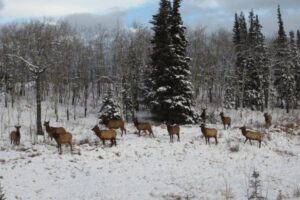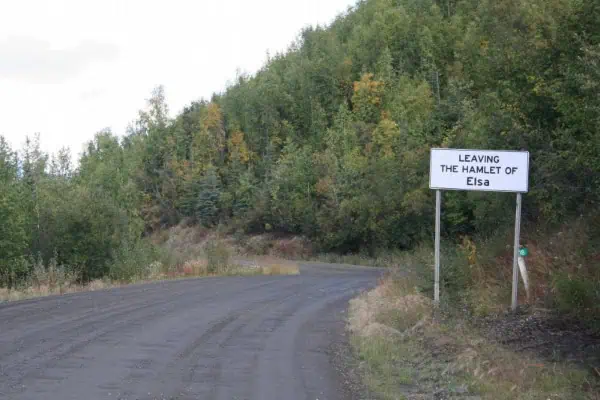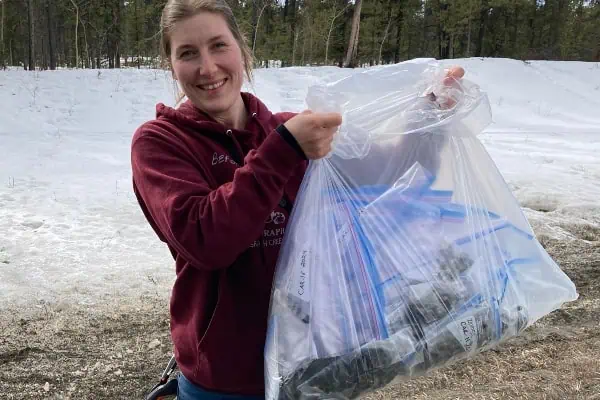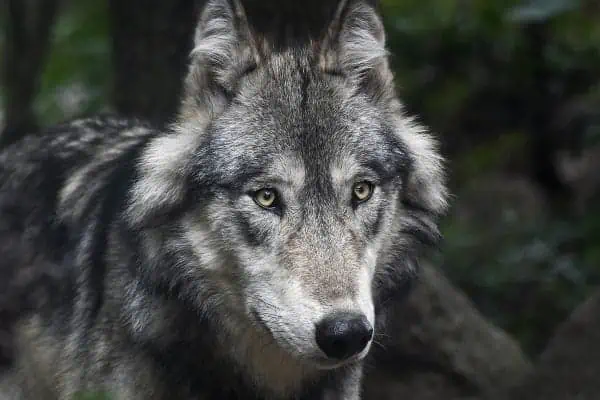
In our exploration of colourful collective nouns used to describe groups of animals, we have learned that many of these terms have come to us from the Late Middle Ages, more than 500 years ago. Some of these quaint words were collected in the Book of Saint Albans, which consisted of three treatises in the arts necessary to an English gentleman: hawking, hunting and heraldry.
In this article we will examine some collective nouns for mammals.
According to Environment Yukon, there are an estimated 70,000 moose in the Yukon – more than twice the human population. The collective noun for moose is a herd. It doesn’t matter if the moose is on land or water.
Male moose are called bulls and females are cows. The young are called calves.
Moose are not native to England, so colourful collective nouns are not plentiful. Perhaps we could suggest some collective nouns for consideration. An ambulation of moose. Or, if two males are fighting, a clash of moose. Also, because of their long legs, a stride of moose could be appropriate.
Elk, on the other hand, fare a little better in the collective noun department. Referring to a group of elk as a herd works, but the more colourful term is “gang.” A gang of elk.
The Online Etymological Dictionary tells us that gang originates from the Old English, “a going, journey, way, passage,” and in Old Norse, “a group of men, a set.” The word then evolved into any band of persons travelling together, and was also used to describe animals, herds or flocks.
Perhaps this is due to the fact that elk are often seen together. I often see them along the highway on my way to Whitehorse.
Buffalo, although not native to England, are associated with four collective nouns. One thinks first of a herd of buffalo. “Gang” is also used to describe multiple buffalo. Troop of buffalo is also used. My favourite, and thinking of the buffalo that can be seen around Liard, an obstinacy of buffalo. They are so large, and seem to think they can do whatever they wish. If they want to cross the road and stand in front of your vehicle, they will do just that.
There are also numerous collective nouns for monkeys, including carload, cartload, tribe and troop. My favourite of this group is troop. According to Online Etymology Dictionary, troop comes to us from the 1540s Middle French, “body of soldiers,” and from Old French “band of people, company, crowd.” I can clearly see a group of monkeys following each other through the jungle.
Also on the list is barrel of monkeys. It’s a common expression, “more fun than a barrel of monkeys,” which is usually used in an ironic manner to describe something that is not at all fun.
Wolves, hyenas and lies come in packs. Dogs, if wild, are also a pack. If they are domesticated, they are a kennel.
There is even a collective noun to describe a group of collective nouns – a catch of collective nouns?
Next time we will delve into the collective nouns that describe insects.




